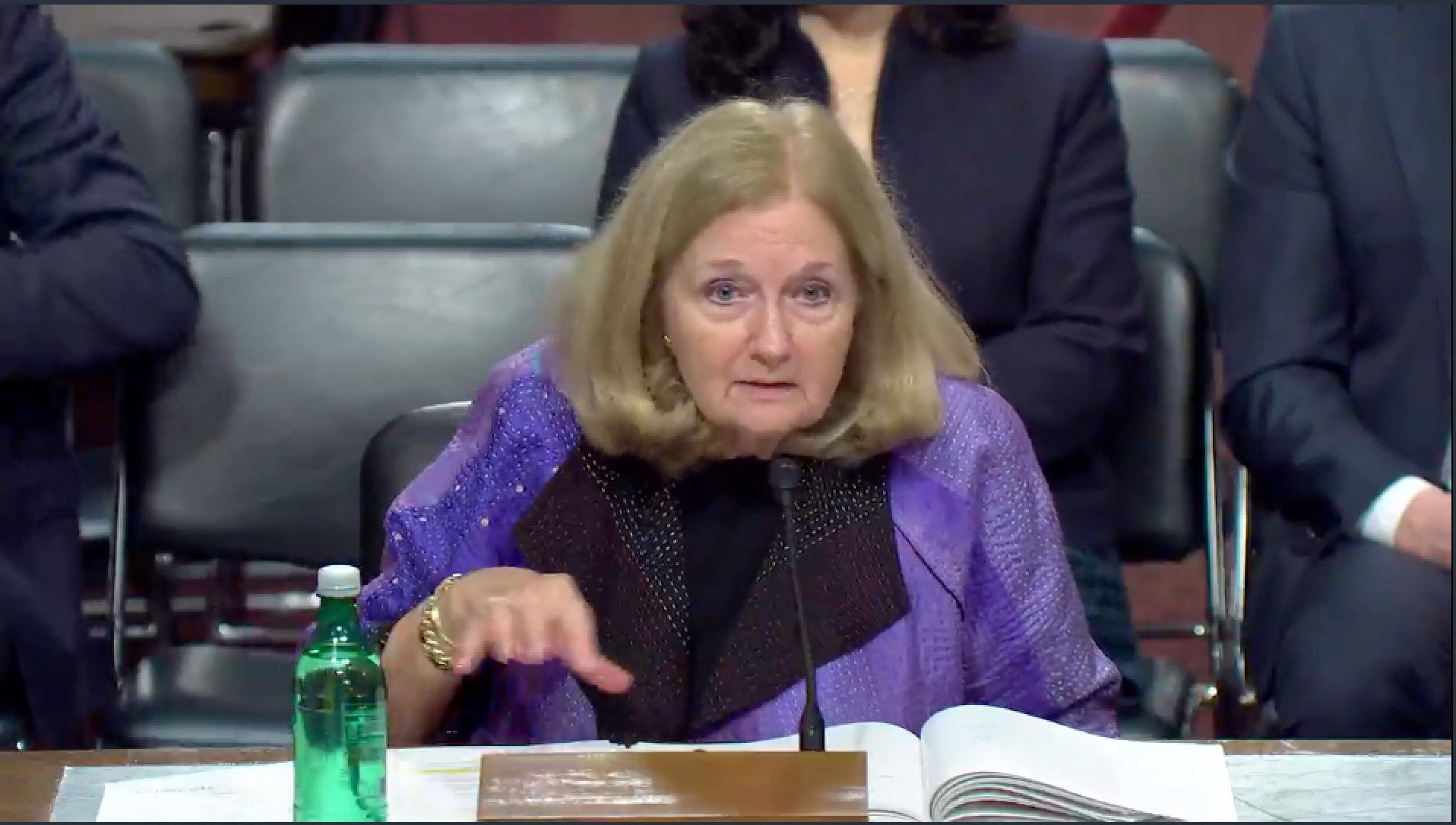
China sees Russia partnership as crucial to its great-power ambitions and is developing ability to ‘win wars’: Pentagon
- US Defence Department calls out Beijing for ‘providing material support’ to Moscow in Ukraine war and heaping military pressure on Taiwan
- People’s Liberation Army said to possess over 500 nuclear warheads and able to win wars against a strong enemy understood to be the US
Elbridge Colby, co-founder and principal of the Marathon Initiative, a Washington think tank, on Thursday said the report indicated “greater aggressiveness and ambition” on China’s part and called the country’s nuclear warhead deployment “significant”.
Such build-up was “designed to coerce unification of Taiwan if necessary, but also to project power beyond the first island chain”, said Colby, who previously served as deputy assistant secretary of defence for strategy and force development.
Continuing a string of reports about the rapid development of China’s nuclear arsenal, the Pentagon’s report estimated that the country’s military possessed more than 500 operational nuclear warheads as of May this year, “on track to exceed previous projections”.
‘Highly complementary’: China, Russia lay out plans for regional integration
“The PRC will probably have over 1,000 operational nuclear warheads by 2030, much of which will be deployed at higher readiness levels and will continue growing its force to 2035 in line with its goal of ensuring PLA modernisation is ‘basically complete’ that year,” it said.
China’s strategy “entails deliberate and determined efforts to amass, improve and harness the internal and external elements of national power that will place the PRC in a ‘leading position’ in an enduring competition between systems”, it said.
The report stopped short of accusing Beijing of arming Russia to wage war against Ukraine, instead describing the Chinese government’s strategy as taking “a discreet, flexible and cautious approach to providing material support to Russia”.

This strategy, it said, allowed the country “to maintain plausible deniability, control material transfers, create off-ramps to renege on agreements and maximise the PRC’s options to aid Russia”.
With respect to direct military conflicts with the US, the report said China “may be exploring development of conventionally-armed intercontinental range missile systems”.
“If developed and fielded, such capabilities would allow the PRC to threaten conventional strikes against targets in the continental United States, Hawaii, and Alaska,” it said.
Diplomatic impunity: envoy uses rough language to describe US-China relations
The US, like other countries, does not recognise Taiwan as an independent state, but is opposed to any unilateral change to the cross-strait status quo by force.
“Xi reaffirmed his commitment to the PLA’s 2027 milestone for modernisation to accelerate the integrated development of mechanisation, informatisation, and intelligentisation of the PRC’s armed forces,” it said.

Liu Pengyu, spokesman for Beijing’s embassy in Washington, said the Pentagon was “hyping up various versions of the ‘China threat’ narrative and making groundless allegations and smears towards China”.
“China is committed to a defensive nuclear strategy, keeps its nuclear capabilities at the minimum level required by national security and does not target any country,” Liu said.
“We have honoured our ‘no first use’ pledge on nuclear weapons at any time and under any circumstances and unconditionally not to use or threaten to use nuclear weapons against non-nuclear weapon states or nuclear-weapon-free zones,” he added, also pledging that Beijing “strives for peaceful reunification [of Taiwan] with the greatest sincerity and the utmost effort”.
US further restricts China from AI chips to hinder military development
The need to bolster alliances in Asia to blunt China’s military presence there emerged as an urgent priority in Congress on Thursday, as the Senate Armed Services Committee debated a separate report on military readiness prepared by a 12-member bipartisan congressional commission.
The final report on “America’s strategic posture” was also framed around the prospect of Russian and Chinese military cooperation against the US.
Focus on national security ‘not healthy’, head of US advisory body says
Witnesses at the hearing – former principal deputy administrator of the National Nuclear Security Administration, Madelyn Creedon, and former Arizona senator Jon Kyl – warned that China was approaching parity with Russia and the US in nuclear weapons capability. They said the US was far from prepared for the threat that this development presented.
“We have to do a much better job in terms of planning with our allies, coordinating with our allies, integrating with our allies, because that is also one of our big strategic advantages in how we offset these two peers,” Creedon testified.
She and Kyl warned that US production of nuclear and conventional armaments was inadequately funded to meet the challenges of a potential coordinated effort by China and Russia to target American installations and assets.
The US government would need to boost its military spending as a percentage of GDP to 4 or 5 per cent from a current level of less than 3 per cent to rebuild the domestic production base, they testified.
“There’s one word that we all agreed, a consensus, among our commissioners that we wanted to convey to you,” Kyl said. “I would be remiss if I didn’t tell you what that one word is. It’s urgency.”
Additional reporting by Amber Wang in Washington

